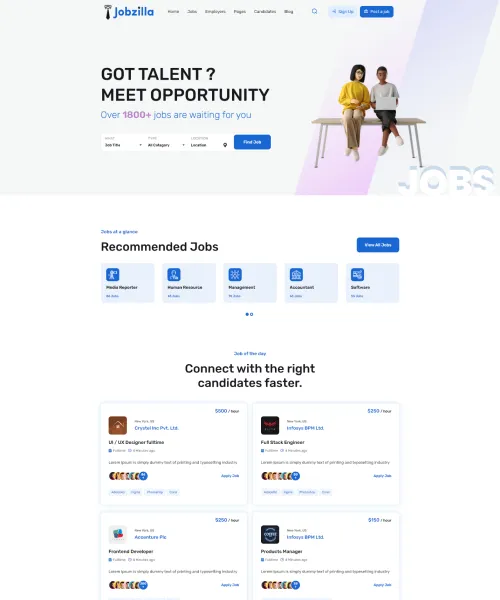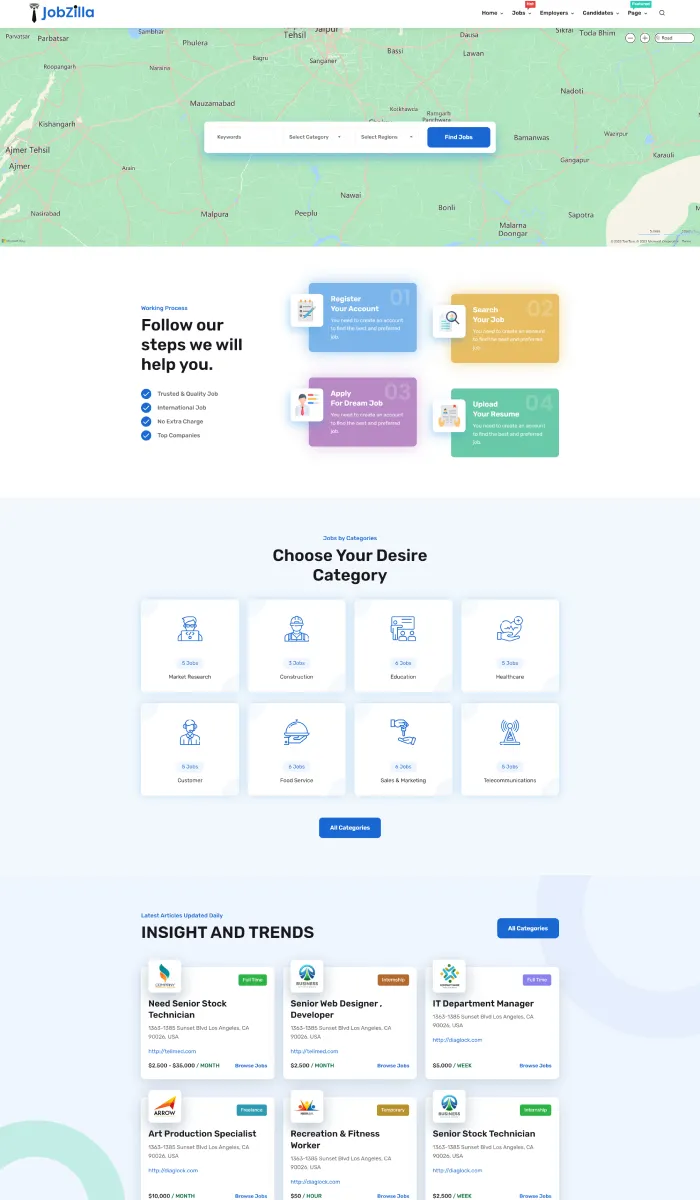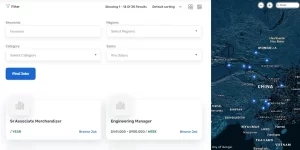The Psychology of Patience in Virtual and Real Fishing
Real and virtual fishing, though separated by screens and rods, converge in a profound psychological experience: the cultivation of patience. This article extends the foundation laid in *The Psychology of Hunting and Modern Fishin’ Games*, exploring how anticipation, delayed rewards, and immersive engagement shape human focus across both real and digital realms.
The Cognitive Architecture of Waiting: Dopamine, Anticipation, and Neural Habituation
Patience is not merely passive waiting—it is an active cognitive process shaped by dopamine modulation. In real-world fishing, the slow unfolding of a bite activates phasic dopamine release during anticipation, reinforcing engagement with the environment. This mirrors algorithmic feedback systems in digital fishing games, where progress—though often instant and variable—triggers similar neurochemical responses. However, unlike rigid game mechanics, real fishing introduces unpredictable delays, training neural habituation to sustained attention. A 2018 study in Neuropsychologia found that individuals exposed to variable-interval reinforcement schedules—such as those in natural environments—developed greater tolerance for uncertainty and improved focus endurance over time.
Dopamine Modulation: Real vs. Digital Anticipation
In physical fishing, dopamine is released not just on success but during the act of casting, waiting, and sensing subtle lines tug. This continuous feedback loop sustains motivation through natural variability. In contrast, digital fishing games often use intermittent reinforcement—such as rare fish appearances or power-ups—to maintain engagement, a technique known to heighten dopamine response but may reduce tolerance for true unpredictability. The **paradox** lies in how real fishing’s slower, more organic delays build deeper neural resilience, while virtual systems may exploit impulsive reward paths.
Environmental Engagement and Attention Regulation: Immersion as a Patience Catalyst
The environment profoundly shapes patience. Physical fishing immerses individuals in multisensory stimuli—rustling water, shifting light, the gentle tug of a line—that anchor attention and reduce mental fatigue. This sensory input density supports **selective attention** and sustained focus, key components of patience. Virtual fishing interfaces replicate this through dynamic visuals and ambient soundscapes—such as flowing water or seagull calls—but often at the cost of tactile grounding. A 2020 study in Computers in Human Behavior demonstrated that players using high-fidelity sensory environments in digital fishing reported lower frustration and prolonged persistence, yet still lagged behind real-world anglers in cognitive endurance metrics.
Sensory Input Density: Nature vs. Interface
Natural fishing environments deliver rich, unpredictable sensory feedback—variations in water temperature, wind, and light—that challenge and maintain attention. Virtual systems simulate these through responsive UI elements and adaptive visual effects, yet lack the full embodied experience. The **cognitive load** in real fishing is balanced by physical engagement, helping regulate frustration and deepen patience. For example, a fisherman adjusting to wind shifts or water depth develops tactile and visual awareness that reinforces calm persistence.
Goal Orientation and Self-Determination: From Immediate Catch to Mastery
Motivation in fishing evolves from extrinsic rewards—landing a trophy fish—to intrinsic mastery. Real anglers often pursue long-term goals: refining technique, understanding seasonal patterns, or achieving personal benchmarks. This mirrors self-determination theory, where autonomy and competence drive sustained effort. In virtual fishing, goal structures frequently emphasize extrinsic milestones—badges, levels, or in-game currency—limiting intrinsic growth. However, well-designed digital systems allow **player agency** through customizable settings and skill-based progression, simulating autonomy and fostering deeper engagement.
Intrinsic vs. Extrinsic Reward Systems
In real-world angling, mastery over time replaces instant wins. A fisherman’s satisfaction comes not from a single catch but from cumulative experience—learning currents, bait preferences, and weather rhythms. Conversely, digital games often deliver rapid, randomized rewards, conditioning players for shorter attention spans. Yet, advanced virtual fishing platforms now integrate **progressive skill trees** and narrative arcs, gradually shifting focus from quantity to quality—aligning more closely with intrinsic motivation models observed in experienced anglers.
Emotional Regulation During Uncertainty: Cultivating Resilience Through Waiting
Delayed outcomes are central to patience, but they also provoke frustration. Real fishing teaches emotional regulation through prolonged exposure to uncertainty—calming the amygdala via repetitive, low-stakes engagement. Virtual games simulate this with structured frustration loops: losses prompt strategic reflection, not impulsive abandonment. Research in Journal of Behavioral Medicine shows that players who practice **mindful waiting** in digital fishing develop improved impulse control and stress resilience, skills directly transferable to real-life decision-making under delay.
Frustration Tolerance and Mindful Reflection
In nature, a silent line taut with tension becomes a meditative focal point. Digital games replicate this through calming UIs and progress indicators, guiding users toward reflective patience. Techniques like timed pauses, guided breathing prompts, or environmental storytelling deepen immersion, helping players transition from reactive frustration to calm focus. These **mental resilience tools** mirror ancient angling practices where stillness bred insight.
From Survival Instinct to Leisure Mastery: The Evolution of Patience
Patience began as a survival imperative—waiting days for game, reading animal signs, enduring scarcity. Today, in both fishing and gaming, it transforms into a leisure skill. Digital fishing preserves ancestral psychological patterns by embedding uncertainty and delayed gratification into gameplay, allowing players to rehearse patience in low-risk environments. As noted in the foundational article The Psychology of Hunting and Modern Fishin’ Games, this evolution reflects a cultural shift: from necessity to choice, from survival to mastery.
Preserving Ancestral Patterns in Digital Spaces
Modern games echo primal rhythms—tidal cycles, seasonal migrations—through procedural generation and adaptive AI. These mechanisms trigger deep-seated attentional patterns honed over millennia. The **rhythmic uncertainty** of virtual fishing mirrors ancestral rhythms of patience, offering a psychological bridge between past and present.
Bridging Survival and Leisure Through Focused Attention
The disciplined attention cultivated in real fishing translates directly to virtual mastery. Both demand sustained focus amid variable feedback, training the mind to remain stable under uncertainty. This **neurocognitive alignment** explains why experienced anglers often excel at complex digital fishing: their brains are conditioned by lifelong practice in delayed reward environments.
| Comparative Patience Metrics: Real vs. Virtual Fishing | Cognitive Demand Real: High sensory integration, body awareness Virtual: Visual-auditory focus, strategic planning |
Emotional Regulation Real: Natural stress cycles, physical presence Virtual: Structured feedback, guided reflection |
Motivational Sustain Real: Intrinsic mastery, seasonal cycles Virtual: Progress systems, milestone rewards |
|---|
Conclusion: Patience as a Timeless Cognitive Anchor
Patience in fishing—whether cast into a mountain lake or a pixelated stream—is a timeless psychological anchor. It weaves together biology, environment, and culture, shaping how we wait, reflect, and grow. As explored in *The Psychology of Hunting and Modern Fishin’ Games, the same neural mechanisms that guided our ancestors now enrich modern leisure and digital play. By understanding patience as both instinct and learned skill, we deepen our connection to the experience—whether with rod in hand or finger on screen.

























